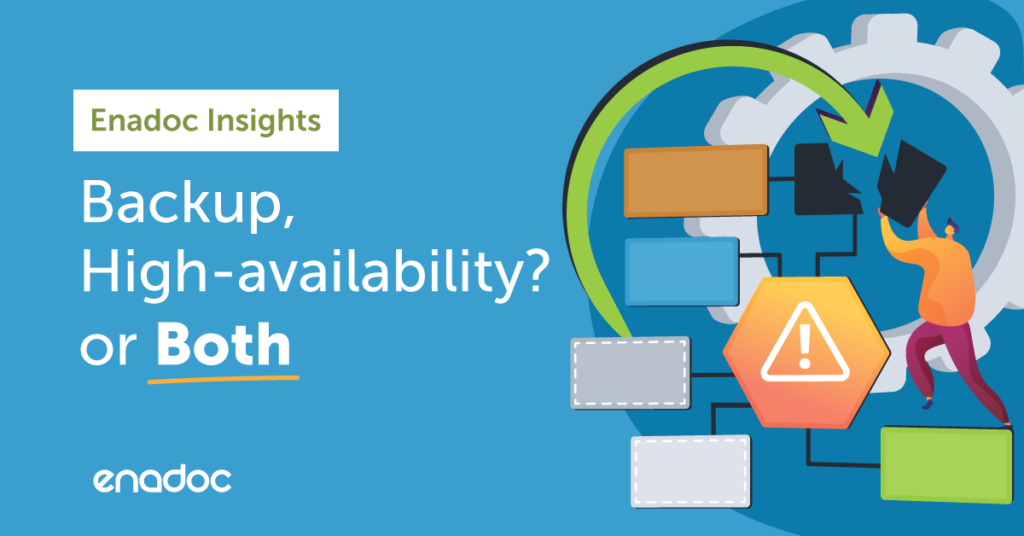
I am not sure whether you heard the recent news about loosing large amount of content from a Content and Document management system of a critical government agency, triggering massive investigation and operational chaos.
Without trying to point at people or systems, we will try to understand how to mitigate such risks. If you are a CIO or if you are part of the senior management team of a government or private sector organization, we are certain you have computing systems in place to perform some tasks. That means you have an obligation to manage the business continuity and disaster recovery programs along with data protection in your organization.
So what do you think, they should have done in the above case?. Backup, High availability or Disaster Recovery implementation? What could have saved the face of this institution?. For those who are not from ICT background, let me quickly explain what to do.
Backup – is what it says in the words, create a copy of the datafiles you have in a different location, most probably even in a different medium. It used to be magnetic tapes for backup those days. There are two basic types of backups. One is – full backup which is all the files in the system where the other one is incremental backup which only backs up changed files since last backup. Incremental backups can help reduce storage requirements for the backups, but very cumbersome to restore in case of disaster, where restoration has to happen in the same sequence from the first backup.
High availability or HA, again means what it does, in this implementation, servers, hardware and software are real time replicated to avoid any single point failure. The problem with HA is, it is still prone to external attacker, deleting or encrypting some files, which will get automatically replicated to other instances, rendering system un useful.
Disaster Recovery or DR, is the umbrella specification for implementing all these technologies to make sure your systems are performing as expected and can recover from an unexpected situation.
So do you think backups are important, yes, contrary to the thinking of many, backups are not old technology. Backup’s are addressing a different type of disasters preparedness such as data loss, like in the above mentioned case. Therefore it is important to implement a DR strategy that include a backup and high availability built in to it, to make sure your systems are available and are also capable of recovering some situations like above. For an example if one uses our enadoc SaaS cloud for storing files, we have GRS (Geo Redundant Storage) is implemented as standard. Which means we keep SIX copies of your data in sets of three, in two geographically apart data centers.
Not only that, we also perform routine weekly backups, that can be restored in case of a situation such as data loss, limiting maximum damage to a weeks information. Over the top, our content management solution enadoc has NO methods to delete files, making it impossible for any user error in deleting files.
Now if you are on private cloud or private data center, make sure you have right backup and disaster recovery plan in place, including hardware. If you would like us to do an assessment on your current environment or want to know how we have secured our customers better please sign up and send a request for a personal session with one of our infrastructure experts.







